
Polhill Bank
The 'Bank' is almost four hectares of chalk grassland on a southeast-facing hillside with commanding views of the Darent Valley.

The 'Bank' is almost four hectares of chalk grassland on a southeast-facing hillside with commanding views of the Darent Valley.
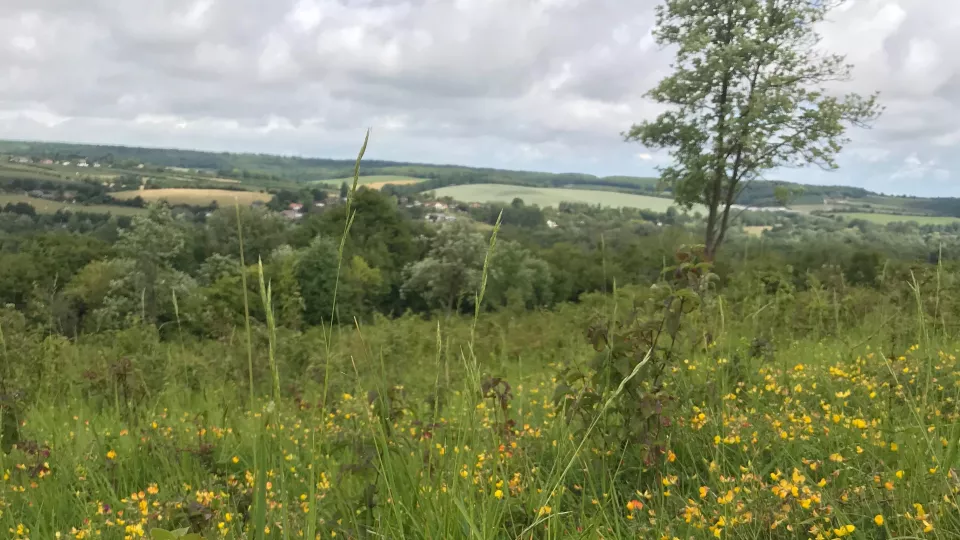
A tucked away area of downland forming a haven for wildlife. The breath-taking views across the Stour valley on the north end and towards Ashford on the south end also are a sight to behold.
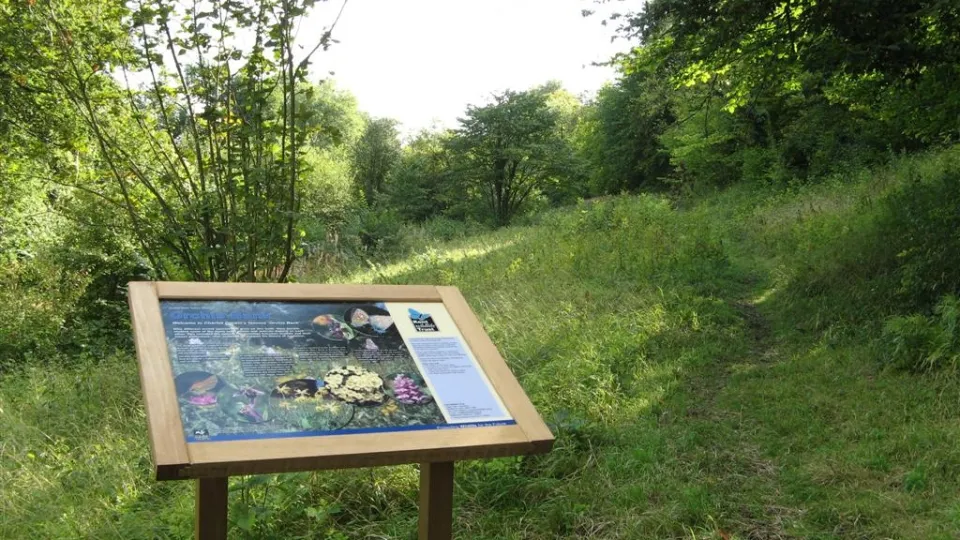
Downe Bank is a uniquely special nature reserve, due to fundamental scientific studies carried out here by Charles Darwin.
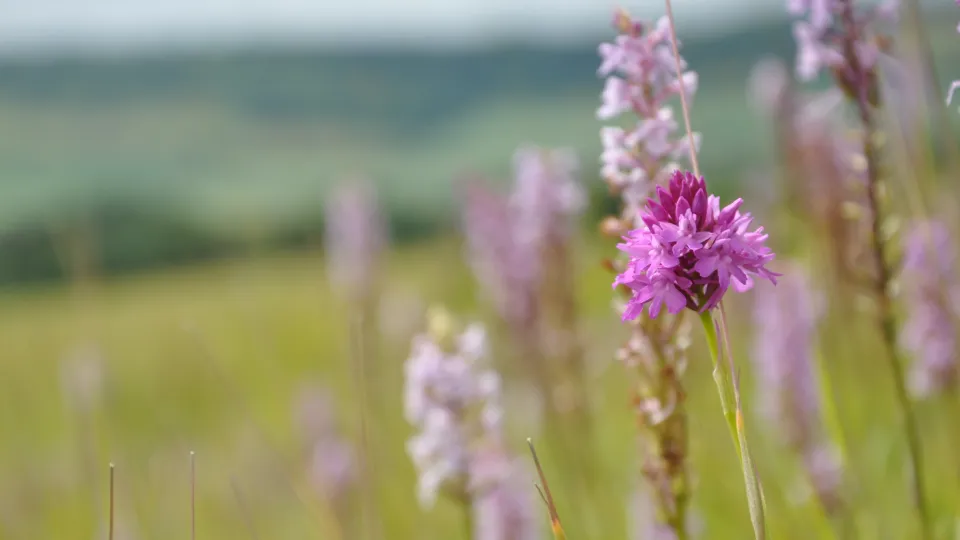
A west and south-west facing slope of the North Downs on the eastern side of the Darent Valley.
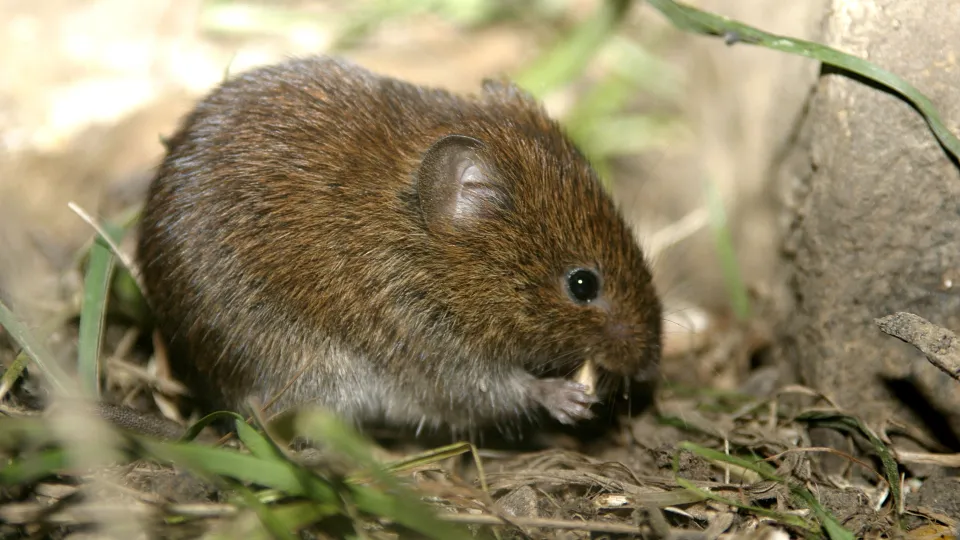
A chalk downland site with a good plant community.
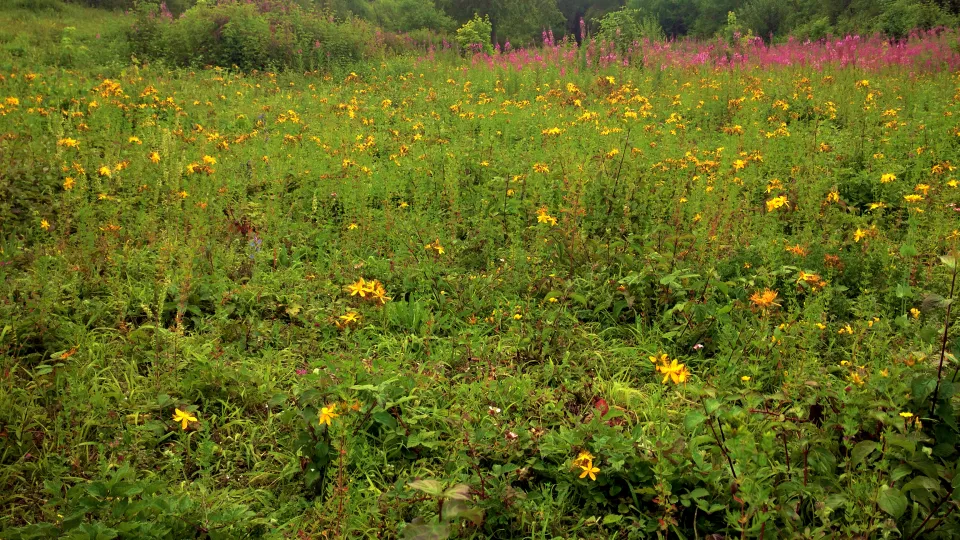
This is a site with something to see in all seasons with a fantastic display of fungi and leaf colour in the autumn, jewel bright wildflowers in the spring and summer and silhouettes of birds of prey gliding across the winter sky.
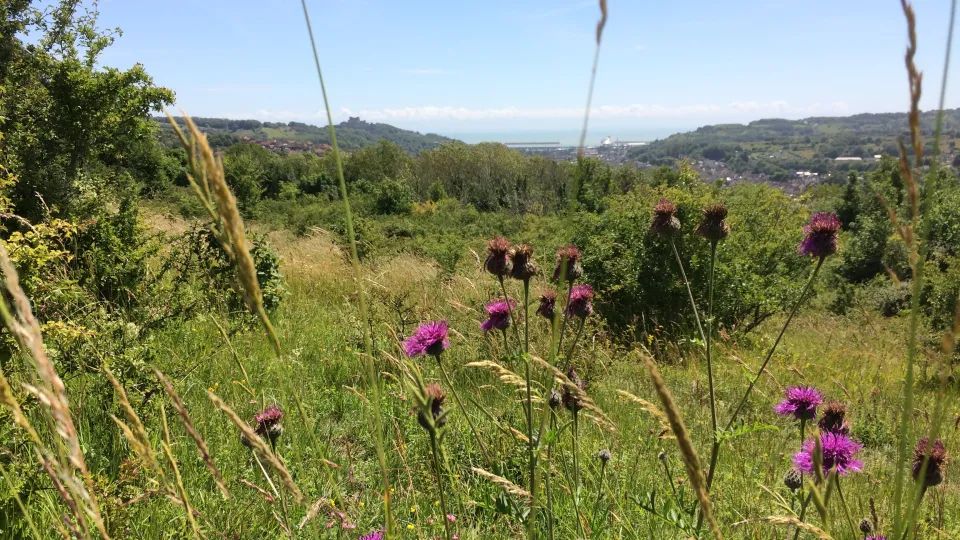
Old Park Hill has a range of habitats but needs to be managed and restored to return it to its early 20th century character, when most of the site would have been open chalk land.
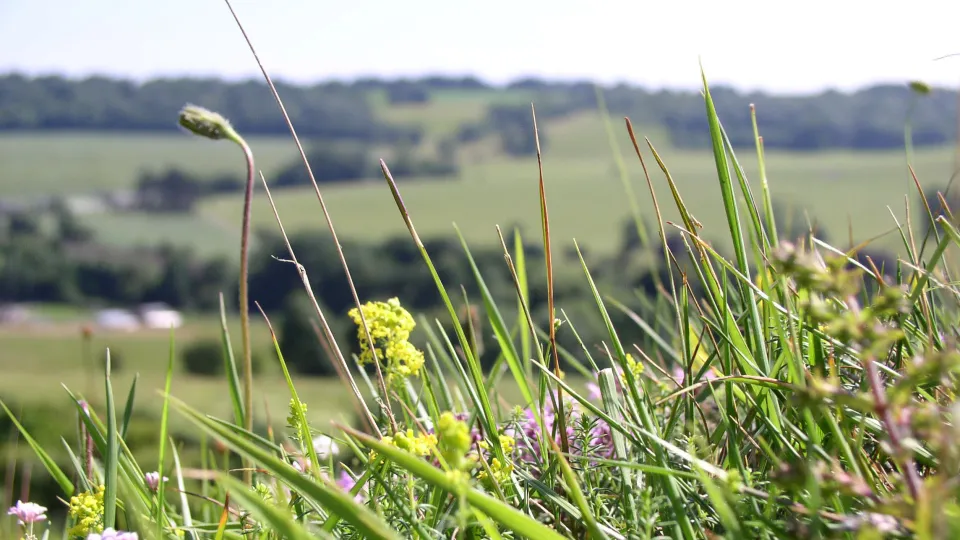
Typical of softly rolling pastoral landscapes, the short, aromatic turf of lowland calcareous grassland is flower-rich and humming with insects in the summer. Its long use by humans lends it an ancient feel and it is often seen amongst prehistoric burial mounds, hill forts and old trackways.
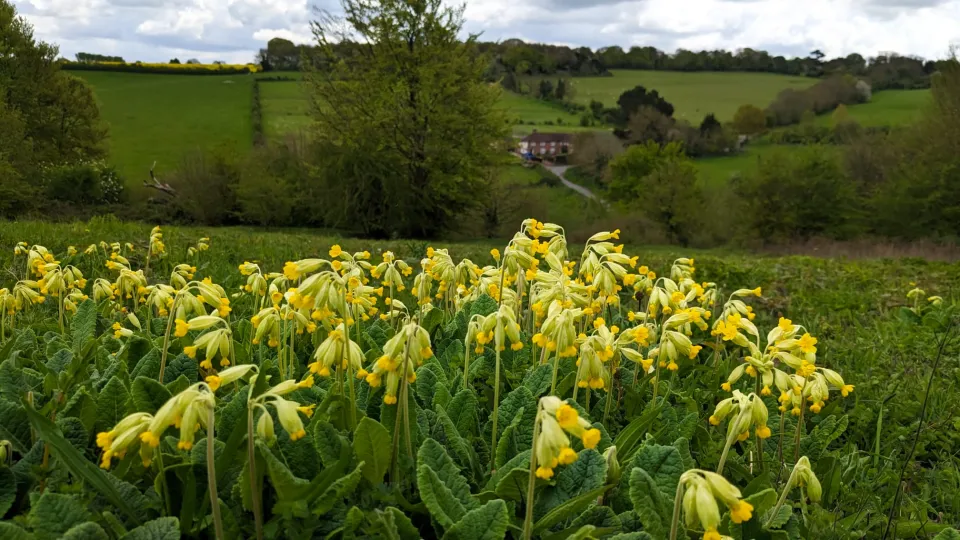
We bring to you, a feature article on Queendown Warren nature reserve. Find out how it came to be, what management is being done here, what species can be found and what the hopes are for the future.
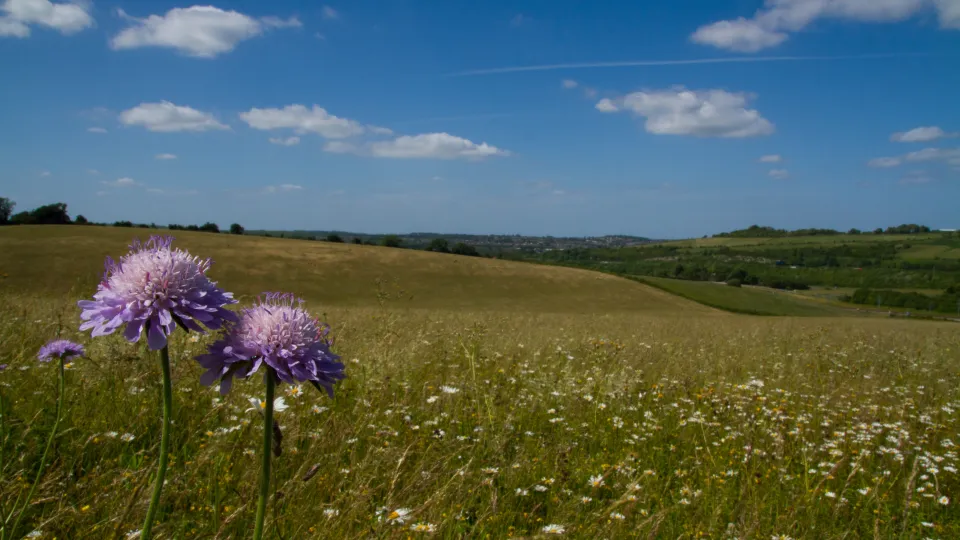
Lyndsay Wayman-Rook, Old Chalk New Downs Projects Officer, explores how partnership work was key to restoring eight KWT sites across the Kent Downs as part of this inspiring project.